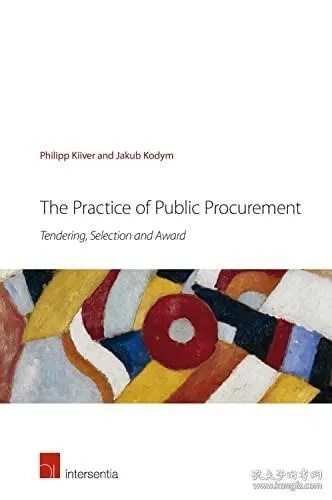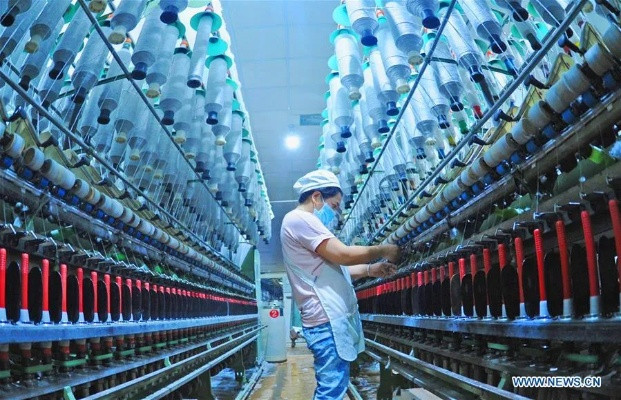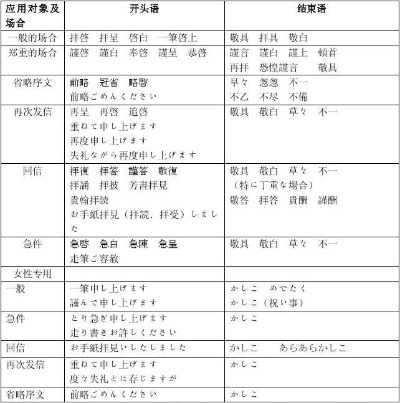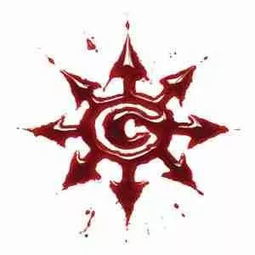Understanding the Fabric Fibers and Their Impact on Quality
This paper discusses the importance of understanding the fabric fibers and their impact on quality. Fabric fibers are the building blocks of textile products, and their properties play a crucial role in determining the overall quality of the product. The paper highlights the various types of fabric fibers, including cotton, polyester, and wool, and explains how each type affects the texture, durability, and comfort of the product. It also discusses the importance of selecting appropriate fibers for specific applications, such as outdoor wear or upholstery, to ensure that the product meets the desired performance standards. In conclusion, understanding the properties of fabric fibers is essential for ensuring that textile products meet the needs and expectations of consumers. By choosing the right fibers and tailoring them to specific applications, manufacturers can create high-quality products that stand out in the competitive market.

Introduction: In the world of textiles, quality is paramount. One of the most critical aspects that determine the longevity and appearance of a fabric is its fiber structure. The term "fiber" refers to the individual threads that make up a textile material. These fibers are what give a fabric its strength, durability, and softness. In this article, we will delve into the fibers that make up a fabric and how they impact its performance. We will also discuss some common issues that arise due to poor fiber quality and how these can be detected during testing. By the end of this article, you will have a better understanding of the importance of fibers in textiles and how to detect them during testing.
Fiber Structure: The fiber structure of a fabric is determined by the type of fibers used in it. There are two main types of fibers: natural and synthetic. Natural fibers are derived from plants or animals, while synthetic fibers are man-made. Each type has its unique properties and benefits.
Natural Fibers: Natural fibers are derived from plants such as cotton, wool, and silk. They are soft, breathable, and absorbent. Cotton is the most popular natural fiber, but it can easily pill and shrink over time. Wool is known for its warmth and durability, but it can be expensive and requires special care to maintain its shape. Silk is a luxurious material with a smooth texture and high luster, but it can be difficult to clean and maintain.
Synthetic Fibers: Synthetic fibers are man-made materials created through chemical processes. They are often more durable and resistant to wear and tear than natural fibers. However, they may not breathe as well as natural fibers, leading to sweat buildup and discomfort. Polyester is a popular synthetic fiber, but it can be stiff and uncomfortable to wear. Nylon is another synthetic fiber that is lightweight and durable, but it can wrinkle easily.
Impact of Fiber Quality on Fabric Performance: The quality of a fabric's fibers plays a crucial role in its overall performance. A poorly made fabric may have weaker fibers that are prone to pilling, shrinkage, and wear. This can lead to a decrease in comfort and durability over time. Additionally, poor fiber quality can result in a fabric that does not hold its shape well, making it difficult to iron or dry clean.
Detecting Poor Fiber Quality: To detect poor fiber quality, it is important to examine the fabric closely before washing. Look for signs of pilling, such as small balls of fabric that form on the surface of the fabric. Check for signs of shrinkage, such as a noticeable difference in size after washing. Finally, look for signs of wear and tear, such as loose threads or frayed edges. If any of these signs are present, it is likely that the fabric is made with poor quality fibers.
Case Study: One example of poor fiber quality in a textile product is a pair of jeans. If the jeans are made with poor quality denim fibers, they may pill easily and become unattractive after several washes. Additionally, if the jeans are made with synthetic fibers, they may not breathe well and cause discomfort during wear. To detect poor fiber quality, one should examine the jeans closely before washing. Look for signs of pilling, shrinkage, or wear and tear. If any of these signs are present, it is likely that the jeans are made with poor quality fibers.
Conclusion: In conclusion, the quality of a fabric's fibers is essential to its performance and longevity. Poor fiber quality can lead to issues such as pilling, shrinkage, and wear and tear. To detect poor fiber quality, one should examine the fabric closely before washing. Look for signs of pilling, shrinkage, or wear and tear. If any of these signs are present, it is likely that the fabric is made with poor quality fibers. By understanding the importance of fibers in textiles and how to detect them during testing, we can ensure that our clothing and home decor products are of the highest quality possible.
随着纺织行业的快速发展,纺织品的质量和性能越来越受到关注,起毛起球问题一直是影响纺织品质量的重要因素之一,本文将围绕纺织品检测起毛起球的主题,通过英文案例说明和表格补充说明的方式,为大家详细介绍纺织品检测的方法和技巧。
起毛起球现象概述
起毛起球是指纺织品在使用过程中,由于摩擦、拉伸、摩擦系数变化等因素,导致纤维表面产生不规则的毛发状凸起,这种问题不仅影响纺织品的外观,还可能对纺织品的使用性能造成影响,纺织品检测中起毛起球问题不容忽视。
纺织品检测方法与技巧
检测方法
(1)外观检测:通过观察纺织品表面是否存在起球现象,以及纤维的形状和分布情况。
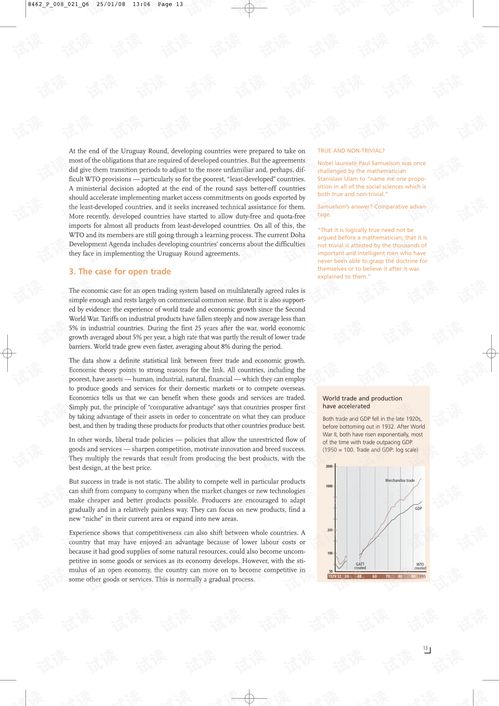
(2)仪器检测:使用专门的纺织品起毛起球检测仪器,如显微镜、电子显微镜等,对纺织品进行深入检测。
(3)化学分析:通过化学分析方法,检测纺织品中纤维的成分和结构,以确定是否存在起球问题。
技巧说明
(1)选择合适的检测材料:选择具有代表性的纺织品样品进行检测,以确保结果的准确性。
(2)预防措施:在纺织品的生产过程中,采取有效的预防措施,减少起毛起球问题的发生,采用抗起球纤维、添加抗起球剂等。
(3)定期维护:定期对纺织品进行维护和保养,保持其良好的使用状态。
英文案例说明
以下是一个英文案例说明,以帮助大家更好地理解纺织品检测起毛起球的问题:
某品牌纺织品检测报告
该品牌的一款纺织品在使用过程中出现了起毛起球问题,经过外观检测和仪器检测,发现该纺织品纤维表面存在不规则的毛发状凸起,进一步化学分析结果显示,该纺织品中含有较高的纤维成分,可能存在起球问题,针对这一问题,该品牌采取了有效的预防措施,并在生产过程中加强了对纤维的维护和保养,经过一段时间的使用,该纺织品的质量和性能得到了明显的改善。
表格补充说明
以下是关于纺织品检测起毛起球问题的表格补充说明:
纺织品检测项目及结果示例
| 项目 | 外观检测结果 | 仪器检测结果 | 化学分析结果 | 处理措施 | 备注 |
|---|---|---|---|---|---|
| 起毛起球现象 | 有 | 有 | 有 | 预防措施 | |
| 纤维形状分布 | 不规则 | 有不规则凸起 | 有起球问题 | 选择合适的检测材料、加强生产过程中的维护和保养等 | |
| 纤维成分含量 | 高 | 高 | 未知 | 该品牌采取了有效的预防措施并定期维护 |
纺织品检测是确保纺织品质量的重要手段,对于起毛起球问题,我们应采取有效的检测方法和技巧,及时发现并解决存在的问题,在纺织品的生产过程中,我们也应采取有效的预防措施,减少起毛起球问题的发生,通过本文的介绍和分析,希望大家能够更好地了解纺织品检测起毛起球的问题,并采取有效的措施解决这一问题。
Articles related to the knowledge points of this article:
Unlocking the Charm of Chongqing Standard Textiles
The Art of Textile Printing and Pattern Development
Exploring the Rich Tapestry of Quality Home Textiles from Qingdao Jinshang
Understanding the Differences between Textile Industry and Textile Products
The Magic of Small Stone Textiles in Fashion Advertising Video
